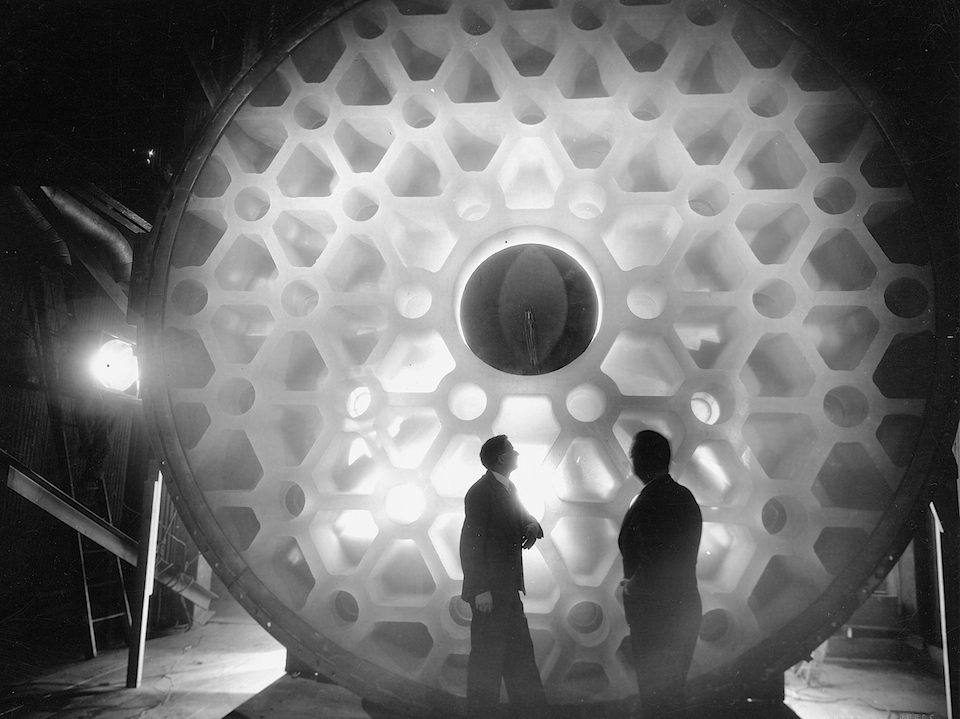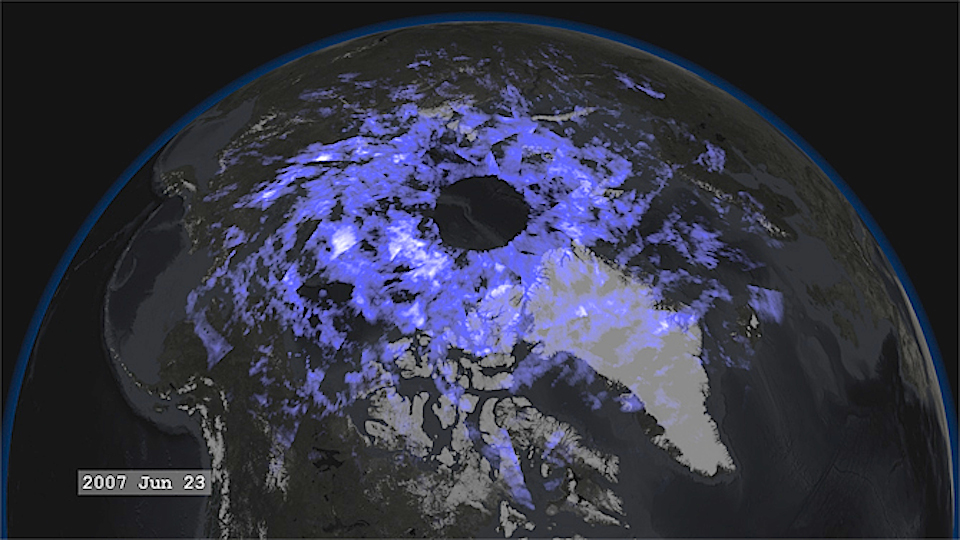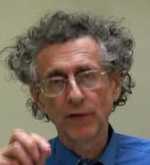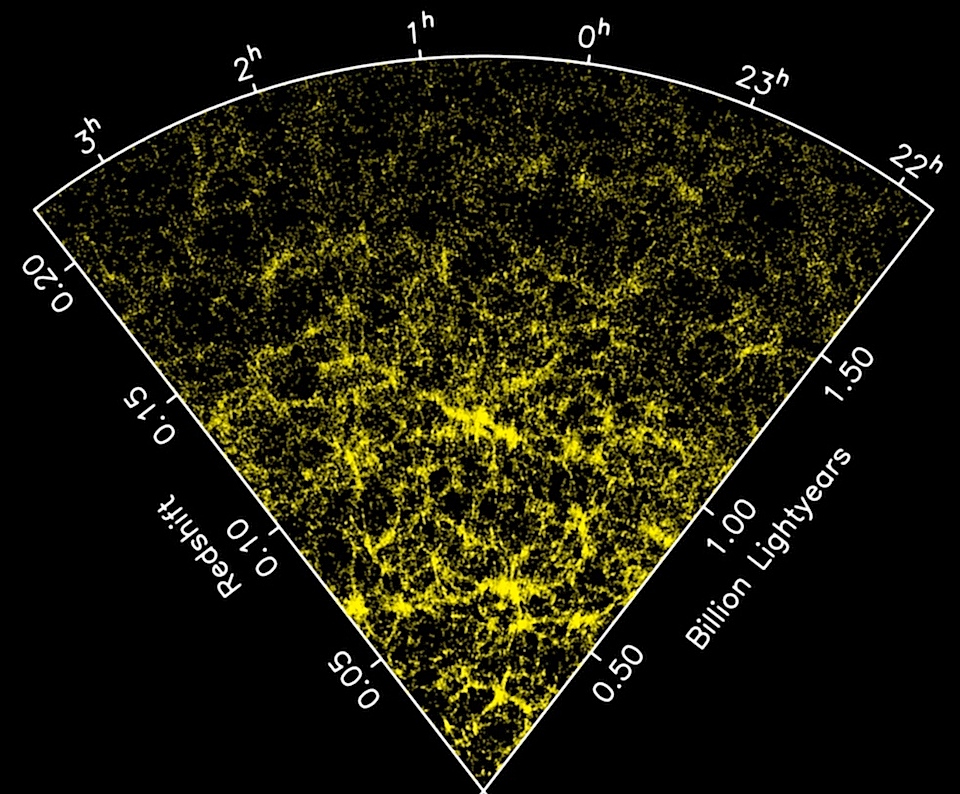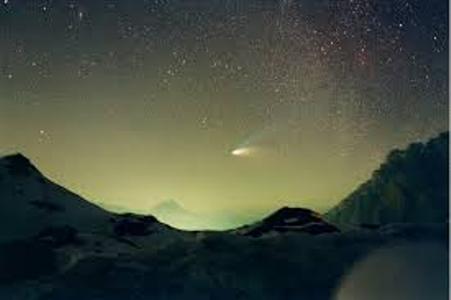Neptune is Plugged-in
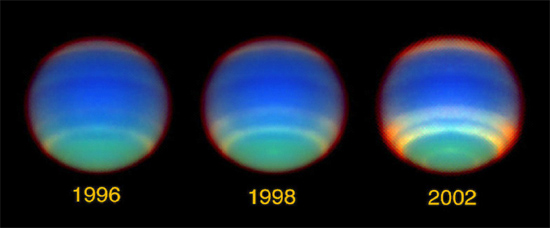
May 06, 2014 A Neptune Year has Passed. The planet Neptune is the eighth and farthest planet from the Sun. Neptune’s mean diameter is approximately 49,250 kilometers, with a mean orbital radius of 4,503,443,661 kilometers, and a year of 164.79 Earth years. Neptune is a massive planet, with an escape…






